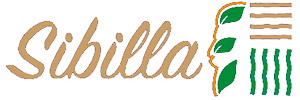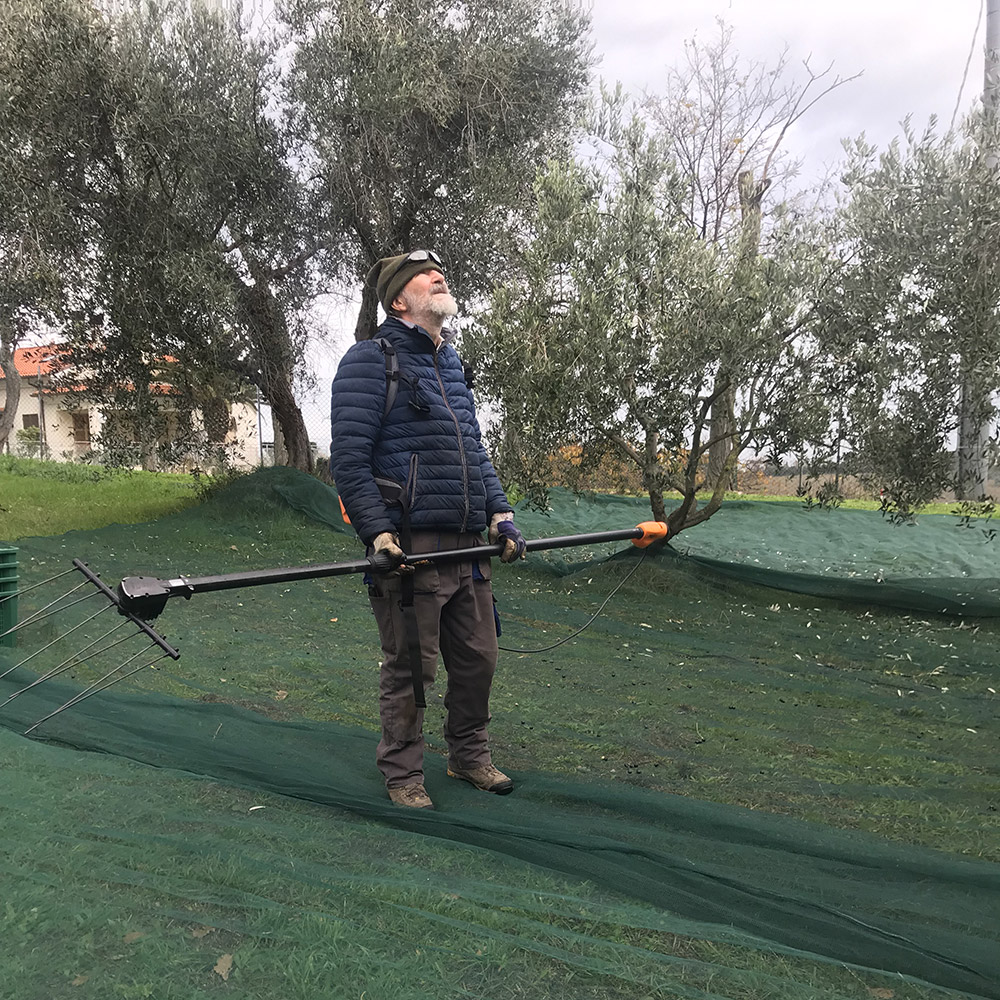Dalla potatura alla raccolta
La potatura si effettua durante il periodo di riposo vegetativo della pianta; dalla fine dell'inverno all'inizio della primavera.
Le piante vengono potate ogni anno o ad anni alterni per favorire il riformarsi della pianta e rendere più agevole la raccolta. Al termine si provvede ad un primo trattamento con il rame per disinfettare i tagli effettuati sulla pianta e favorire la vegetazione delle gemme.
Tra luglio e settembre si interviene con trattamenti a base di zeolite e l'aggiunta di una bassa dose di rame e aglio macerato per tenere lontana la mosca olearia presente per l’umidità dovuta alla vicinanza con la costa.
La raccolta delle olive inizia nei primi giorni del mese di ottobre e termina alla fine del mese di novembre in tempi diversi a seconda delle fasi di maturazione delle cultivar.
Le olive vengono raccolte per la maggior parte a mano e con l'ausilio di pettini meccanici e lasciate cadere a terra sopra grosse reti disposte sotto l'albero.
From pruning to harvest
Pruning is made during the tree's vegetative rest, from late winter to the early spring.
Trees are trimmed every year or every second year in order to let it grow and make the harvest easier. Once the trees are trimmed the first step is a copper treatment to disinfect the cuts made on the plant and make the buds bloom better.
From July to September the treatment is made of zeolite with a little addition of copper and macerated garlic, which are useful to keep away the olive fly, common in this area due to the humidity coming from the near coast.
Olive harvest begins during the first days of October and ends in late November, depending on the ripening time of each variety.
Olives are mainly hand-picked and picked with mechanic combs, then let fall on the ground where large nets are previously placed under the tree.
Olives are then put in special perforated cases which allow us to maintain olives’ health till the end of the day, when they are took to the oil mill.

